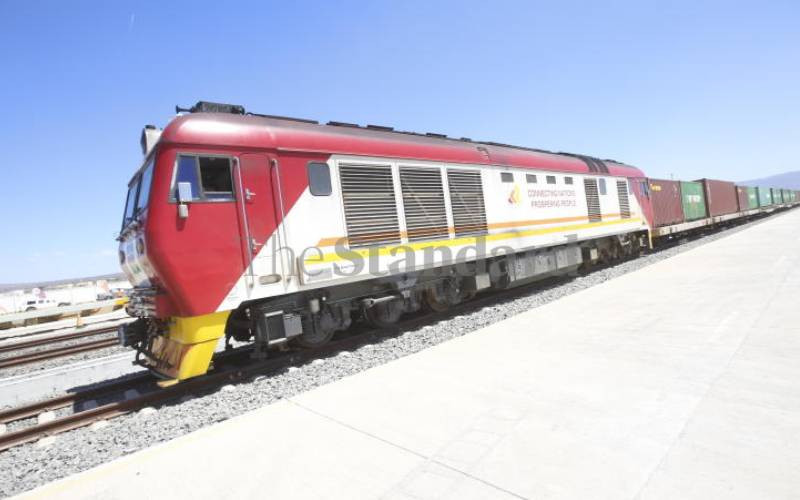
I could not agree more with the Dutch Ambassador to Kenya Maarten Brouwer that Kenya is one of the fastest growing economies in Africa and the largest economy in East Africa.
To echo his words in an article that appeared in The Standard yesterday, the development of transport and infrastructure is imperative to our country's position on the continent's global value chains as logistics are key components of world trade. The ambassador opined the position will remain critical for the country as the Africa Continental Free Trade Area gains momentum.